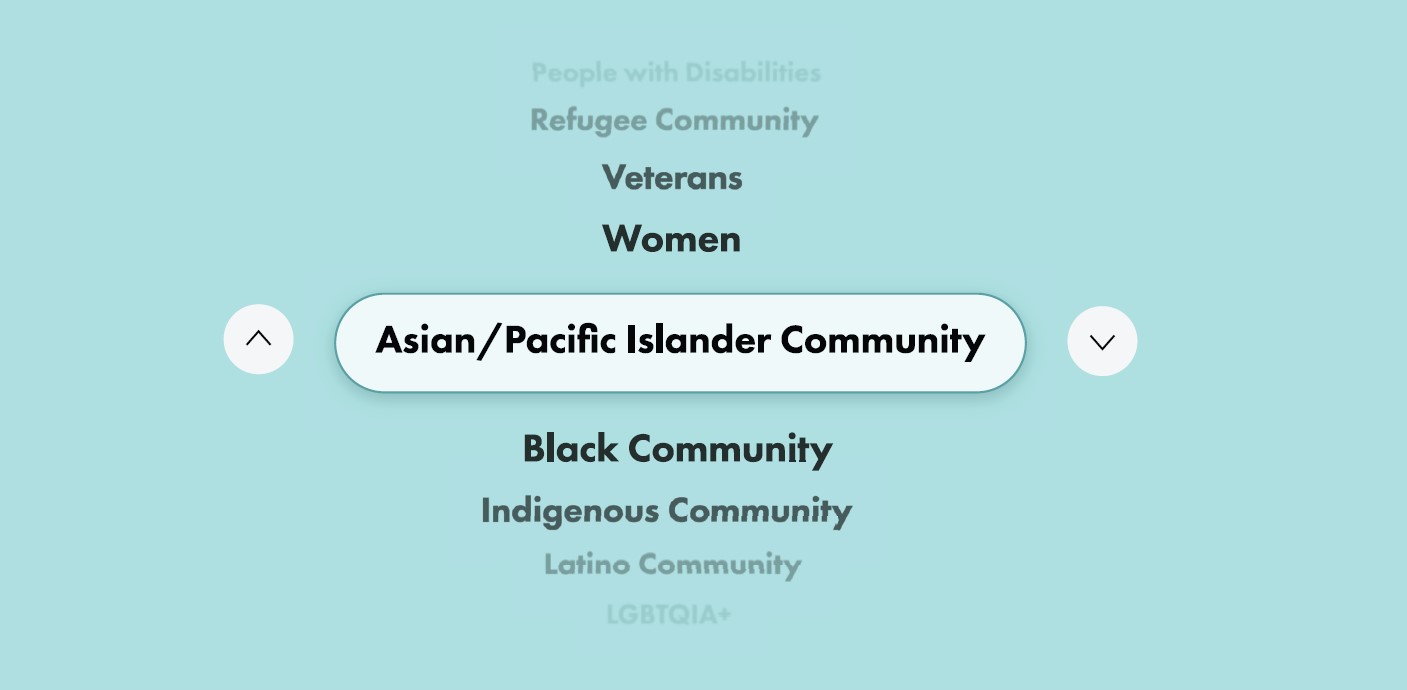
We understand that dismantling structural inequities in our community brings us one step closer to ensuring opportunity for all. When thinking about the grants that we make, it’s safe to conclude that they are having a positive impact on members of our community. But where exactly, and in whom, are we investing? Are we ensuring that these investments are being distributed equitably? Are our grant dollars going to organizations and projects that serve communities that have been impacted by systemic racism or other bias?
Historically, we did not have an efficient or comprehensive way of knowing the answers to these questions. As the Community Investment team member overseeing our Community Grants program, I feel a personal responsibility to make sure that we distribute our grant dollars in an equitable way. To hold ourselves accountable, we first had to start collecting the data.
With this in mind, and after extensive consultation with our board of directors, we recently made some changes to our Community Grant application. We added demographic questions to capture the extent to which we are equitably distributing our discretionary grant dollars. The majority of the new questions pertain to the people predominantly served by the project for which funding is being requested.
We are asking our nonprofit partners to identify who is benefiting from the services and programs that they are providing. One question provides four racial/ethnic categories to choose from, as well as categories for people with disabilities or members of the LGBTQIA+ community. Two additional questions involve the leadership of the organization, specifically the race/ethnicity of the executive director/lead volunteer and the organization’s board officers.
While we strive to keep our application concise, we believe that these few additional questions will provide us the information we need to do our part in making sure our community is more equitably funded.









